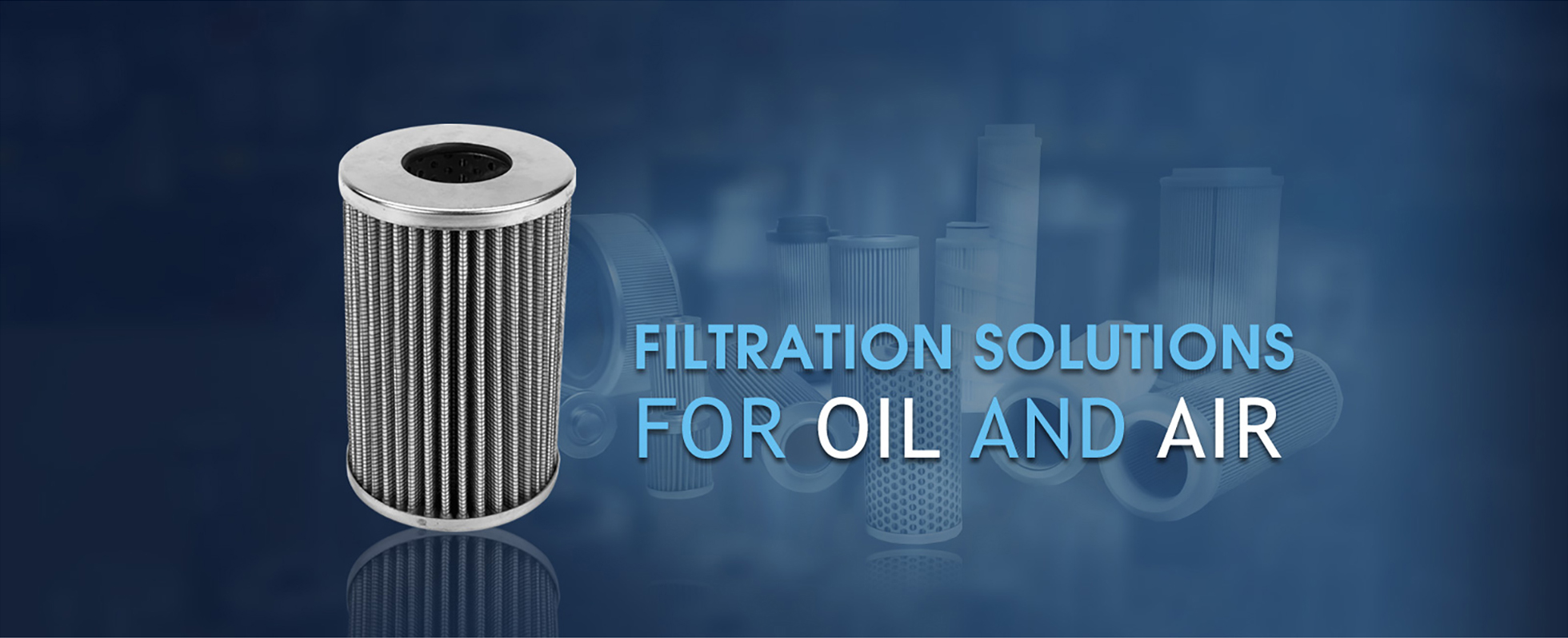
Nov . 20, 2024 23:00 Back to list
cyl roller bearing
Understanding Cylindrical Roller Bearings A Comprehensive Overview
Cylindrical roller bearings are widely employed in various mechanical applications due to their unique design and impressive load-carrying capabilities. These bearings consist of cylindrical rollers that are aligned parallel to the shaft axis, offering a larger contact area with the inner and outer raceways when compared to traditional ball bearings. This design allows them to handle heavy radial loads and provides superior durability and performance in demanding environments.
Design and Structure
The fundamental structure of a cylindrical roller bearing includes two main components the inner race (also known as the inner ring) and the outer race (outer ring), with a set of cylindrical rollers positioned between them. The rollers are typically arranged in a cage, which ensures that they remain evenly spaced while reducing friction during operation. The contact between the rollers and the raceways typically occurs at a line, which helps distribute the load effectively and minimizes stress concentration.
Cylindrical roller bearings come in various configurations. The most common types include single-row, double-row, and multi-row bearings. Single-row cylindrical roller bearings are predominantly used where radial load capacity is essential. On the other hand, double-row cylindrical roller bearings are designed to carry both radial and axial loads, making them suitable for applications where lateral stability is crucial.
Advantages
One of the key advantages of cylindrical roller bearings is their ability to handle high radial loads, making them ideal for applications in heavy machinery, automotive, and industrial machines. These bearings have a high load-bearing capacity due to the increased surface area of their cylindrical rollers. Furthermore, they demonstrate excellent resistance to wear and are less prone to fatigue, which enhances their lifespan.
cyl roller bearing

Another essential feature of cylindrical roller bearings is their ability to operate at high speeds. The reduced friction between the cylindrical rollers and the raceways allows for smoother operation compared to ball bearings. This characteristic is vital in applications such as electric motors, turbines, and pumps, where efficiency and speed are paramount.
Applications
Cylindrical roller bearings are utilized in a broad range of industries, including automotive, aerospace, manufacturing, and construction. In the automotive sector, they are commonly used in engines, transmissions, and wheel hubs. In aerospace applications, these bearings are often found in landing gear and engines due to their ability to withstand extreme loads and operating conditions. Additionally, in manufacturing, they are used in various machinery, such as conveyors and machine tools.
Moreover, these bearings are frequently employed in heavy equipment, such as excavators and cranes, where their ability to handle high radial loads with minimal space makes them an attractive choice. Their robustness ensures that machinery operates smoothly, reducing downtime and maintenance costs.
Conclusion
In summary, cylindrical roller bearings are an essential component in modern machinery, offering numerous advantages that enhance performance and durability. Their unique design enables them to handle high loads and speeds efficiently, making them suitable for various applications across different industries. As technology advances, the design and materials used in manufacturing these bearings continue to evolve, promising even greater efficiency and reliability for future applications. Understanding the characteristics and benefits of cylindrical roller bearings can empower engineers and manufacturers to select the right bearing solutions for their specific needs, ultimately contributing to the overall success of their operations.
Latest news
-
Premium Deep Groove Ball Bearings | High Speed & Reliability
NewsAug.29,2025
-
Durable Scaffolding Clamps - Secure & Reliable Tube Connectors
NewsAug.28,2025
-
Common Failures in Thrust Ball Bearings and Solutions
NewsAug.22,2025
-
How Tapered Roller Bearings Can Take Shock Loads
NewsAug.22,2025
-
Angular Bearings in High-Precision Spindles
NewsAug.22,2025
-
The Impact of Misalignment on Cylindrical Roller Bearing Performance
NewsAug.22,2025
